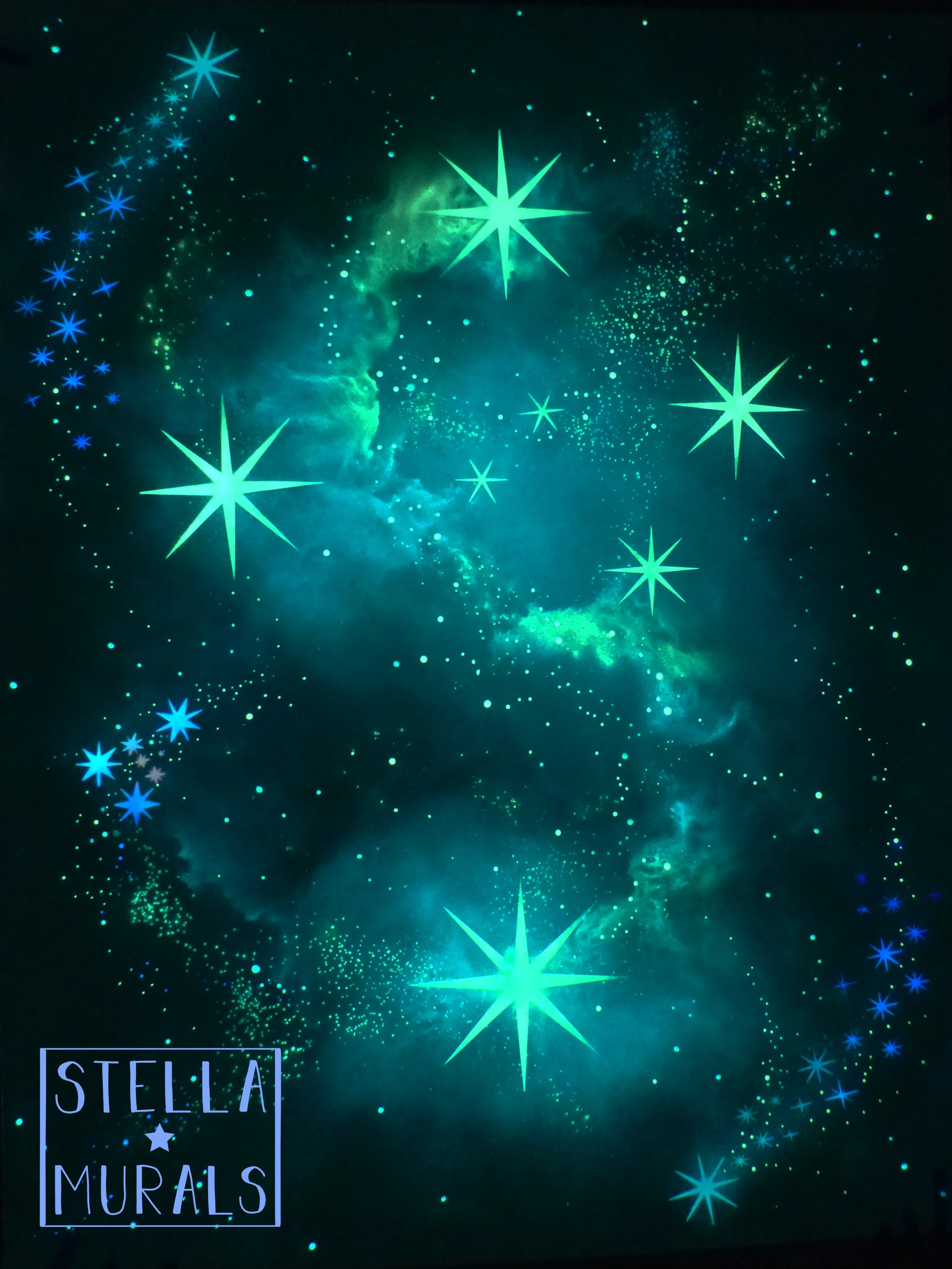
The Southern Cross: World Famous in New Zealand
The Southern Cross is New Zealand's most well known star constellation.
Also named Crux, this small constellation was once part of the larger constellation of Centaurus, but is now is the most iconic sight in New Zealand and Australian skies. It is mainly only visible in the Southern Hemisphere.
It features on both countries flags and the Maori know it as Te Punga, the anchor of a great sky waka (canoe) or Māhutonga an opening in the Milky Way through which storm winds escape.
Crux remains unseen in much of the Northern Hemisphere, including most of the United States as it doesn't ascend above the horizon. However In the U.S. state of Hawaii, you can observe the entire Southern Cross. To catch sight of it in the U.S you’d need to be in southern Florida or Texas or farther south. Even from the far-southern U.S, there's a limited timeframe for glimpsing the constellation. April, May and June are the better times.
Crux remains unseen in much of the Northern Hemisphere, including most of the United States as it doesn't ascend above the horizon. However In the U.S. state of Hawaii, you can observe the entire Southern Cross. To catch sight of it in the U.S you’d need to be in southern Florida or Texas or farther south. Even from the far-southern U.S, there's a limited timeframe for glimpsing the constellation. April, May and June are the better times.
Southern Cross Star Names
The brightest star in the Southern Cross is Alpha Crucis, also called Acrux, which is a multiple-star system consisting of two blue giants. Beta Crucis, or Mimosa, is another notable star in the constellation, renowned for its striking blue-white brilliance. The other two prominent stars, Gamma Crucis (Gacrux) and Delta Crucis (Decrux), complete the cross formation.

Finding the Southern Cross
Finding the Southern Cross in the night sky is easy in New Zealand as the constellation never sets. Two bright stars from the nearby constellation Centaurus, known as "The Pointers,” serve as a celestial guide to the iconic constellation. These stars, Alpha and Beta Centauri form an imaginary line that points toward the brighter stars of the cross itself.
Don’t be fooled by the neighbouring asterism known as the false cross. Not a constellation itself, it consists of stars from the ancient ship constellation group, Carina the keel and Vela the sail, and creates a second cross like form in the sky.
By following The Pointers however we can easily locate the true Southern Cross and distinguish it from the "false cross”.

Finding the Southern Celestial Pole and South with the Southern Cross
Crux can also be used to find the southern celestial pole.
The Southern celestial pole is a point in the sky, directly above the Earth's south pole, around which all the stars in the southern hemisphere appear to rotate.
Unlike the northern hemisphere where the north star Polaris serves as a guide, the southern celestial pole lacks a bright star marker.

However by extending an imaginary line from the top star of Crux to the bottom star and extending it about four and a half times we can find the approximate position of the southern celestial pole.

Crux Nebula and Star cluster
The Coal Sack Nebula is the dark nebula in the sky near the Southern Cross, it stands out as a conspicuous black inky patch against the backdrop of the Milky Way. Its distinctive appearance is a result of dense cosmic dust and gas, absorbing light from stars and the surrounding galaxy.
The density of the dust obstructs the majority of visible light emanating from stars situated behind the cloud but the scant starlight that manages to permeate takes on a reddish hue due to interstellar reddening, a phenomenon arising from the absorption and scattering of blue light by the dust particles.
The density of the dust obstructs the majority of visible light emanating from stars situated behind the cloud but the scant starlight that manages to permeate takes on a reddish hue due to interstellar reddening, a phenomenon arising from the absorption and scattering of blue light by the dust particles.
Also hidden within the Southern Cross constellation is a little star cluster called the Jewel Box. The light of its starlight is partially hidden by the Coal Sack.

This little "A" shaped treasure chest showcases a display of colourful blue and orange stars. It appears as a faint and misty star with bare eyesight.
The diverse temperatures of these stars contribute to the vibrant and jewel-like appearance of the cluster when observed through a telescope.
In the constellation's A-shaped asterism the three stars positioned along the crossbar form a straight line are nicknamed the 'traffic lights' owing to their distinct colours.
The diverse temperatures of these stars contribute to the vibrant and jewel-like appearance of the cluster when observed through a telescope.
In the constellation's A-shaped asterism the three stars positioned along the crossbar form a straight line are nicknamed the 'traffic lights' owing to their distinct colours.
English astronomer John Herschel bestowed the name "Jewel Box" upon the cluster, calling it a "casket of variously colored precious stones." During the years 1834 to 1838, Herschel meticulously determined the positions of 100 stars within the cluster, earning it the alternate designation of Herschel’s Jewel Box.
Far into the future, the youthful stars of the Jewel Box Cluster are likely to undergo supernova explosions.
I’ve enlarged the Jewel box star cluster in the glow in the dark mural to reveal its secrets and added a few circling comets.
Quick links
About Stella Murals
Stella Murals is an Australian based glow in the dark art studio. Started in 2011, owned and operated exclusively by artist Esther Iranyi.

Leave a comment: